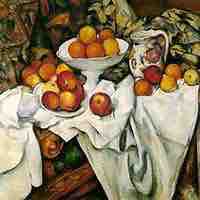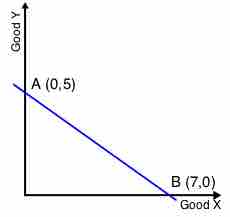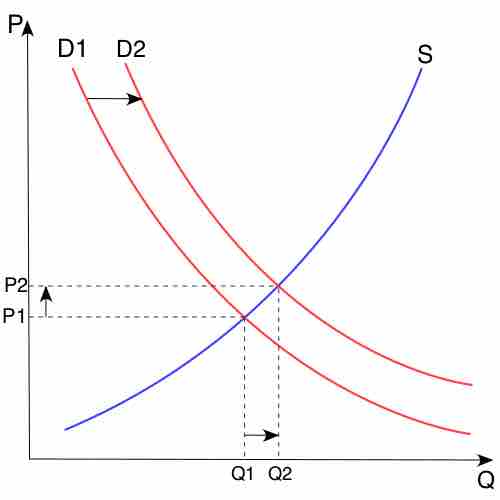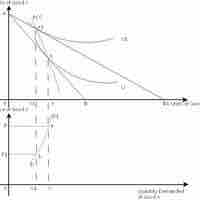Chapter 5
Consumer Choice and Utility
By Boundless

Utility is an economic measure of how valuable, or useful, a good or service is to a consumer.
The theory of utility states that, all else equal, a rational person will always choose the option that has the highest utility.

Marginal utility of a good or service is the gain from an increase or loss from a decrease in the consumption of that good or service.

The principle of diminishing marginal utility states that as more of a good or service is consumed, the marginal benefit of the next unit decreases.

Budget constraints represent the plausible combinations of products and services a buyer can purchase with the available capital on hand.

Economists mapping consumer preferences use indifference curves to illustrate a series of goods that represent equivalent utility.
Almost all indifference curves will be negatively sloped, convex, and will not intersect.

One of the central considerations for a consumer's consumption choice is income or wage levels, and thus their budgetary constraints.

The demand curve shows how consumer choices respond to changes in price.

The law of demand pursues the derivation of a demand curve for a given product that benchmarks the relative prices and quantities desired.

The income effect and substitution effect combine to create a labor supply curve to represent the consumer trade-off of leisure and work.